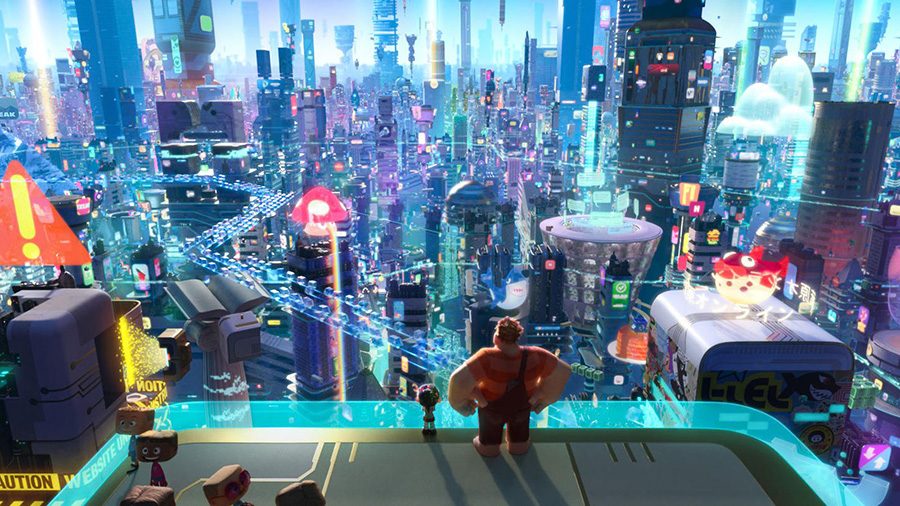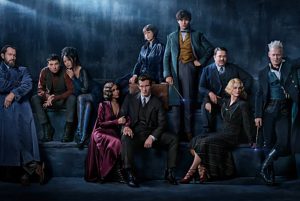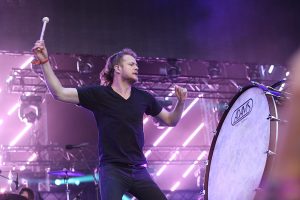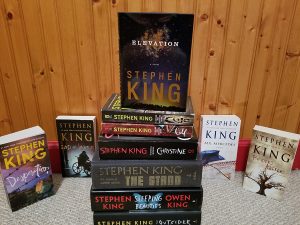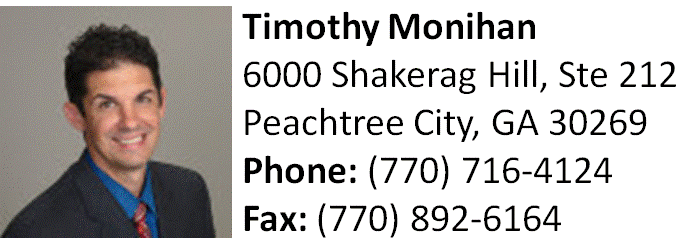This movie wrecks more than the internet
“Ralph Breaks the Internet” features Wreck-It Ralph and Vanellope the vast and gorgeous setting of the internet. But what the movie overachieves in animation and visual quality, it lacks in quality of the plot.
November 28, 2018
The sequel to “Wreck It Ralph,” a massively popular Disney animation, was just released on Nov 21. Cleverly titled “Ralph Breaks the Internet,” this movie was seemingly designed to break the Internet. And by all definitions, it most definitely has, a piece of irony that does not escape me.
For starters, it features a positively extensive cast of Disney characters, including Eeyore from “Winnie the Pooh” and every single Disney princess in existence. Disney has most certainly utilized this to their advertising advantage, releasing scenes involving Vanellope and the Disney princesses prior to the release of the movie. You’ve probably seen at least one of the trailers, and if you have, it probably was the “Are you a Disney princess?” scene.
After viewing countless variations of the trailer across numerous social media platforms, I remember going into the theater with high expectations, with the vague memory of the sheer brilliance of “Wreck It Ralph” and the much more vivid memories of hilarious Disney references glimpsed in the trailer. However, this excitement and anticipation proved to work against “Ralph Breaks the Internet,” as I came out of the theater feeling like I’d simply watched another carbon-copy animation.
“Ralph Breaks the Internet” is a cute movie that follows up on two arcade characters from two different arcade games that had met against all odds in the previous movie. This movie kick-starts when Ralph, the antihero to the game Fix-It Felix, and Vanellope, a glitch drag-racer hailing from a Candyland-themed race game, decide to take to the Internet in search of a steering wheel to save Vanellope’s game from being unplugged.
Once on the internet, the audience is subjected to an extremely vast setting, one that features many recognizable internet-based companies including eBay, Google, and Twitter. The way Disney had decided to display the internet is very impressive and beautiful. However, I thought that, beyond the initial visual appreciation, this vast setting proved to be detrimental to the overall effect of the movie, with Disney oftentimes getting caught up in humor and internet references instead of propelling the story.
It feels as though, if only there had been more time, there would’ve been a much better balance between plot, theme, and relatable references in order to coax a laugh out of the audience. Instead, I felt as though many aspects of the movie were determined by maximizing in references, including the placement of every single Disney princess and even the plot itself. There’s a scene where Ralph gets caught up in internet negativity when reading the comments to his video, and I’m pretty sure it exists solely as a reference for audiences to relate to. If explored, it could be properly viewed as a word of caution for everyone on the internet, but instead, the five-minute clip came off as unnecessary and engineered to make the audience pitiful.
The plot, at a glance, doesn’t feel like much of a plot at all. In the moment of viewing the movie, I couldn’t help but feel that there were so many different elements incorporated in the movie without enough elaboration on any of them. It feels like a tour of the internet, and not a very good one at that, as it skips around and lingers in some places, but not others. Almost all the promotional scenes, the ones featuring the princesses at “Disney Hub,” were completely and utterly unnecessary. It almost feels as if Disney is “flexing” on us, showing off their extensive number of properties. I suppose the effect of unnecessary characters and scenes is the direct result of having characters running around the internet with a clear goal but no actual method of achieving it. And even this one solitary purpose, finding a replacement wheel, was changed during the movie’s events.
In retrospect, there is a plot that makes sense, with some afterthought and lots of analysis. But in the moment I watched, it didn’t grow beyond the summation of all its individual parts to the point where it actually made sense to me, the viewer, as some sort of overarching theme. And for anything that’s meant to take place in two hours, I felt as if “Ralph Breaks the Internet” does not do a good job of conveying an actually coherent plot.
This is detrimental in more ways than one, as this movie is most definitely an epic, with the plot following the typical hero’s journey. The caricature of the epic is a classic, the hero’s journey a model to be studied in schools. Beginning with a hero’s call to adventure and ending with their eventual return back to their old universe but as a more developed character, “Ralph Breaks the Internet” features a simple yet classic plotline. At the core of such a story structure sits an all-around important theme, and in this case, it’s the definition of friendship.
However, I felt that Disney did an exceedingly poor job in this. At the end, Ralph is pegged as a clingy friend who doesn’t realize that friends don’t have to share their exact ambitions, which is justified. But in the process, he is completely demonized as the definition of “bad friend” while Vanellope is heralded as some sort of angelic friend, neither of which are true. Vanellope and Ralph both have flaws in their two-way friendship, and only Ralph is villainized for his. I worry that this will teach kids that in every situation, including mundane ones such as the relationship between two friends, there will always be a hero and a villain, rather than there simply being two flawed people.
However, despite all this, I still believe “Ralph Breaks the Internet” is worth seeing, given you don’t have to make time to see it. It has excellent graphics and funny punchlines, as well as characters familiar to almost every child in America. If you’re simply a parent who wants to treat your child for an afternoon, I don’t see any objection to such. Most children truly struggle to comprehend the meaning of what they’re seeing until they’re, at the very least, out of elementary school, and this is something you can use to your advantage.


